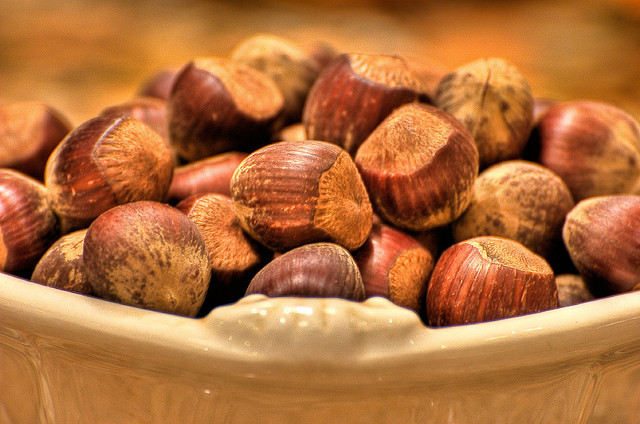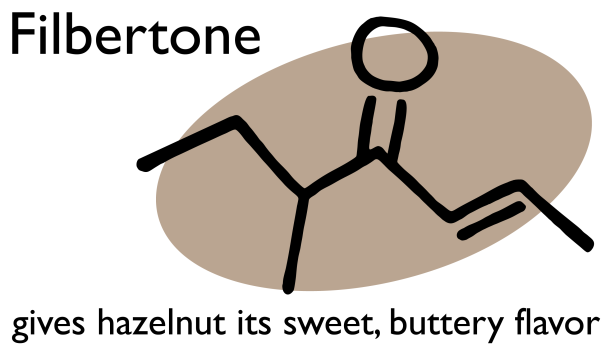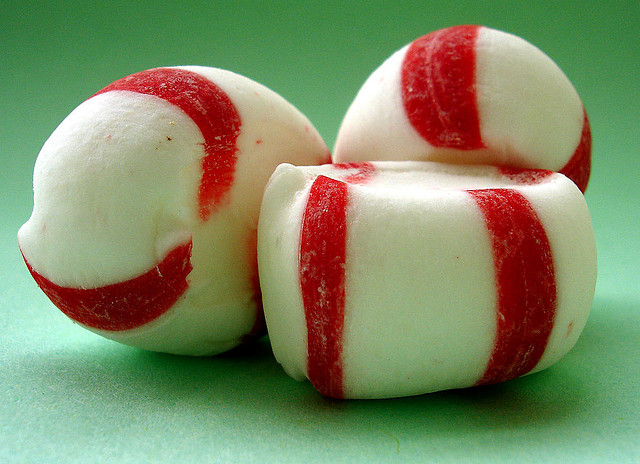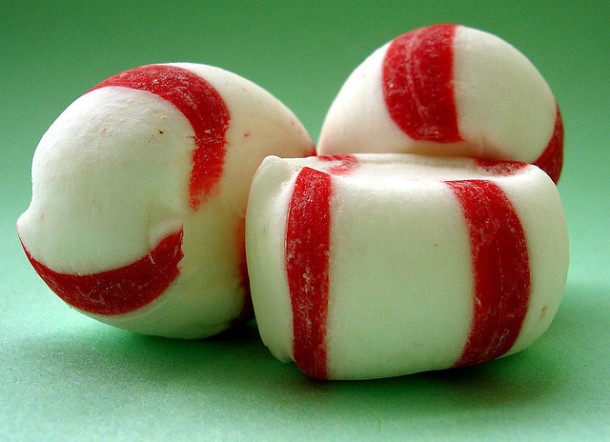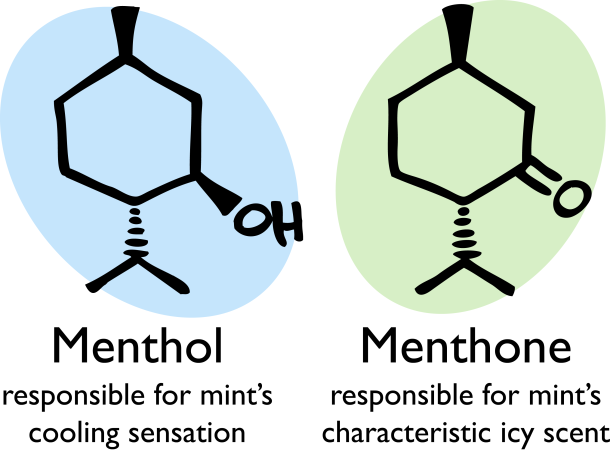Hazelnut
Hazelnuts may not be as popular as other nuts in the U.S., but they have quite the culinary versatility, enjoyed in pralines, Nutella, and even as themselves. These nuts grow on hazel trees, of the genus Corylus. Depending on the plant species and nut shape, hazelnut also refers to the filbert nut or cobnut. Filbert nuts have an elongated shape that tapers into a “beak”, and are found on the Filbert (C. maxima), Colchican Filbert (C. colchica), and Turkish Hazel (C. colurna). Cobnuts are generally rounder, and grow on the American Hazelnut (C. americana) and the more commercially recognized Common Hazel (C. avellana) [1].
Whether in the form of a nut, essence, or oil, hazelnuts owe their sweet, buttery flavor profile to the molecule filbertone. Interestingly, filbertone can be used to test for the authenticity of olive oil. Olive oils are sometimes cheapened by mixing in hazelnut oil [2]. As filbertone is one of the components of hazelnut oil, testing for its presence can determine whether or not a sample of olive oil is impure [3]. Although hazelnut oil is less expensive compared to olive oil, it has a strong, robust flavor that makes it a great substitute in salad dressings and baked goods.
Like many nuts, hazelnuts are a good source of protein and monounsaturated fats. Further, they contain a significant amount of thiamine, various B vitamins, and especially vitamin E [4]. Need another reason to try out hazelnuts this month? The warm, rich, velvety taste of roasted hazelnuts in decadent truffles or comforting lattes has a way of slowing down time. Try it for yourself.
References Cited
- Flora of North America: Corylus. <http://www.efloras.org/florataxon.aspx?flora_id=1&taxon_id=108088>
- Arlorio M.; Coisson JD; Bordiga M.; Garino C.; et al. “Olive Oil Adulterated with Hazelnut Oils: Simulation to Identify Possible Risks to Allergic Consumers.” Food Addit Contam Part A Chem Anal Control Expo Risk Assess. 2010 Jan; 27(1):11-8. doi: 10.1080/02652030903225799.
- Flores, G.; Ruiz del Castillo, M.L.; Blanch, G.P.; Herraiz, M. “Detection of the Adulteration of Olive Oils by Solid Phase Microextraction and Multidimensional Gas Chromatography”. Food Chemistry, 2006 Jul; 97(2): 336–342.
- Nutritional Value of Hazelnuts. < http://www.aboutnuts.com/en/encyclopedia/hazelnuts>
 About the author: Alice Phung once had her sights set on an English degree, but eventually switched over to chemistry and hasn’t looked back since.
About the author: Alice Phung once had her sights set on an English degree, but eventually switched over to chemistry and hasn’t looked back since.

